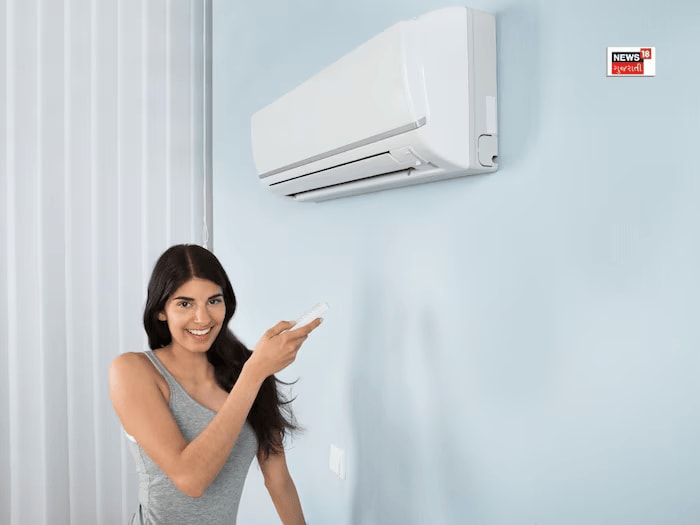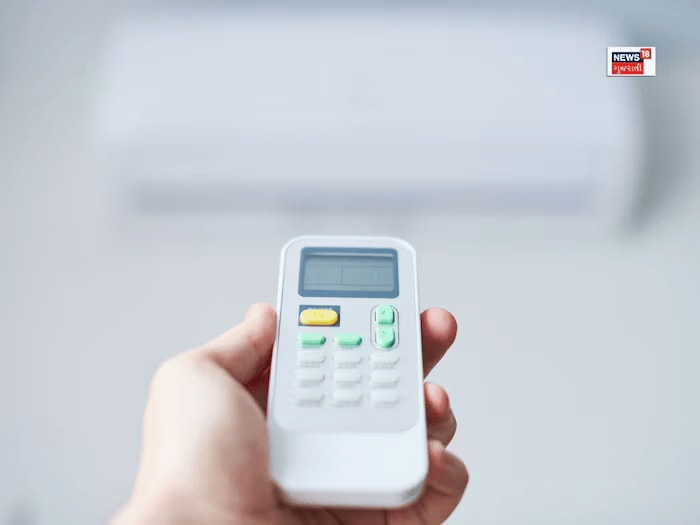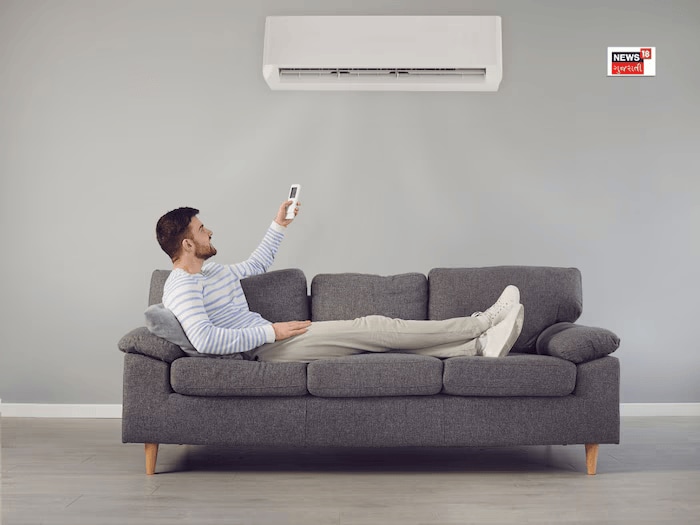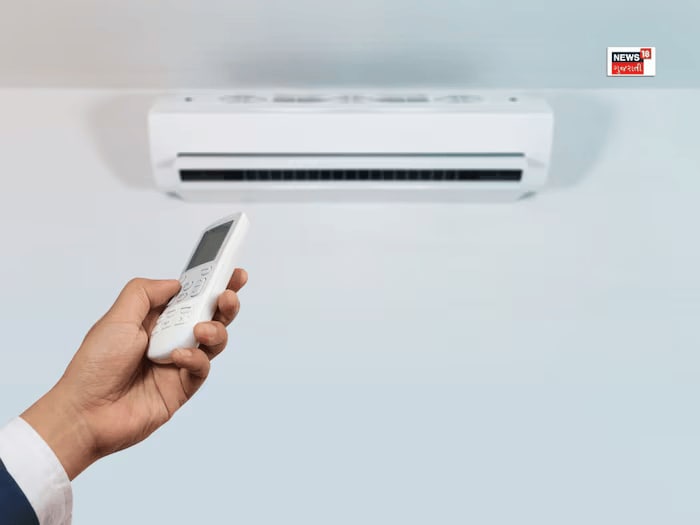
In the summer, most people in cities depend heavily on air conditioners and coolers to beat the heat. But when temperatures outside soar to 45–50 degree Celsius, even ACs can struggle to keep up. After a long, hot day, the first thing many say at home is, “Turn the AC down!” But have you ever wondered why you can’t set your AC below 16 degrees or above 30 degrees? It’s not just your machine; this limit exists for all air conditioners worldwide. (News18 Gujarati)

You might have noticed that no matter which AC you purchase, the temperature setting does not go below 16 degree Celsius or above 30 degree Celsius. Ever wondered why? (News18 Gujarati)

All air conditioners are equipped with an evaporator. This evaporator is cooled using a coolant, which in turn cools your room. If the AC temperature were allowed to go below 16 degrees, ice would start forming inside the evaporator. As a result, instead of cooling the room, the AC would end up cooling itself — eventually leading to a breakdown. This is the reason why the temperature cannot be set lower than 16 degrees Celsius in any air conditioner. (News18 Gujarati)

Speaking of the maximum temperature setting, when the ambient temperature remains up to 30 degrees, it is still considered reasonably comfortable. However, once temperatures exceed this level, it starts to feel hot. Similarly, if an AC’s temperature setting goes above 30 degrees, there would be no benefit in operating it, as it would begin to blow warm air instead of cool air. After all, the primary function of an air conditioner is to cool the air, not heat it. (News18 Gujarati)
Source link



